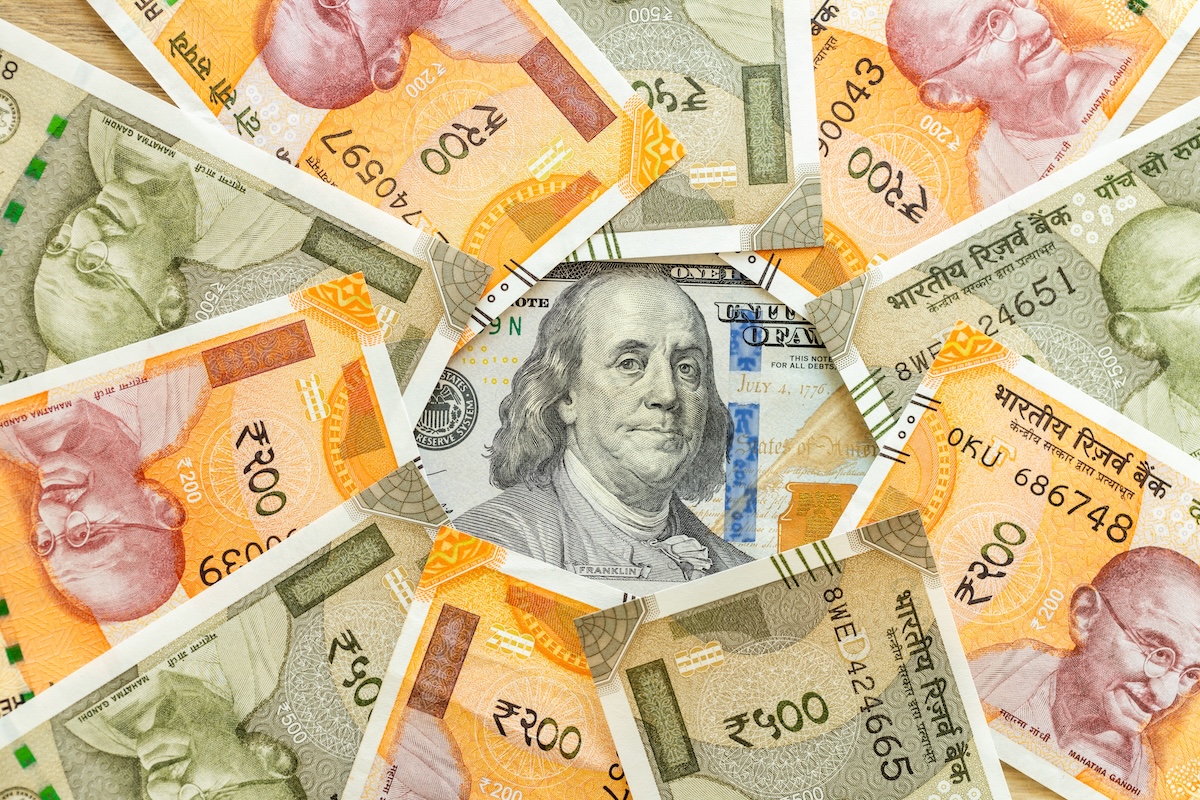
Despite the U.S. dollar weakening against major peers like the yen, euro, and pound, it continues to hit new highs against the Indian rupee.
As of today's morning, the rupee is at 88.72 per U.S. dollar, its lowest-ever closing level.
The Reserve Bank of India (RBI) has intervened periodically to curb excessive declines, selling dollars to slow the pace of depreciation. However, its intervention has been measured, as the central bank seeks to avoid depleting its foreign exchange reserves, which currently stand at more than $700 billion, according to local sources.
“The rise in the trade deficit, coupled with limited intervention from the central bank, has weighed on the rupee in recent months, despite its trade-weighted valuation suggesting it is undervalued,” HDFC Securities research analyst Dilip Parmar told Reuters.
The rupee’s recent five-month slide coincides with renewed trade frictions under President Trump’s tariff policy. However, the latest weakness also extends a long-term trend: Barchart data shows the Indian currency has been steadily depreciating against the dollar for more than a decade.
Economists say the decline partly reflects higher inflation in India compared with the United States. With Indian inflation averaging nearly double U.S. levels over time, the rupee naturally loses value to maintain purchasing power parity.
Structural factors add to the pressure. India runs a chronic current account deficit, driven by heavy imports of crude oil, gold, and electronics, which creates persistent demand for dollars. That imbalance, alongside global risk aversion and capital outflows, has weighed on the currency even as India’s economy continues to grow.
U.S.-India trade war in focus
India has been caught in the crossfire of President Trump’s tariff offensive, as the White House introduced so-called “reciprocal tariff rates” in July, which slapped a 25% duty on Indian imports.
Weeks later, Trump announced an additional 25% “secondary” tariff on Indian goods, citing New Delhi’s continued purchases of Russian oil. According to Reuters, the doubling of duties took effect in late August.
The administration has since escalated trade tensions further by imposing tight restrictions on H-1B visas, a program heavily used by Indian tech professionals.
Analysts warn that the combination of higher tariffs and immigration curbs could weigh on India’s technology sector, erode export competitiveness, and trigger renewed foreign portfolio outflows, putting additional pressure on the rupee.
In the final six trading sessions of September, foreign investors withdrew more than $2 billion from Indian stock markets amid rising trade frictions.
Your email address will not be published. Required fields are markedmarked